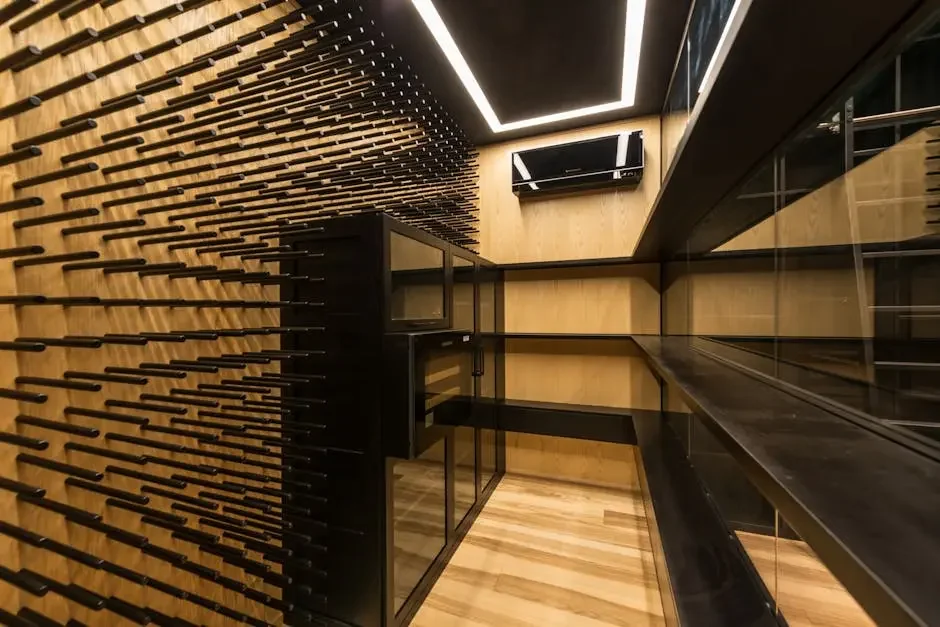Why Is Temperature Control Important in Commercial Wine Storage?
Proper temperature control is crucial for maintaining the quality of wine in commercial storage. Whether you're a retailer or a cellar owner, understanding the impact of temperature can make a significant difference in preserving flavor and freshness.
Understand Wine's Ideal Temperature Range
Wine thrives at specific temperatures, which can vary depending on the type. For instance, reds typically prefer a slightly warmer range of 60 to 68 degrees Fahrenheit, while whites benefit from cooler conditions, around 45 to 55 degrees.
Understanding these nuances is vital. Storing wine outside these ranges can mask the intended flavors and aromas, leading to a subpar experience for your customers.
Moreover, temperature stability is as important as the right range. Sudden bursts of heat or cold can shock the wine, which is something any commercial storage facility should vehemently avoid.
Avoid Fluctuations in Temperature
Consistent temperatures are key. Temperature fluctuations can cause corks to expand and contract, which may lead to oxidation or leakage, ultimately compromising the wine's quality.
In commercial wine storage, having a steady temperature is paramount. It ensures that wine remains at its best, allowing for its complex profiles to develop naturally over time.
Think of temperature swings as an invitation for disaster. The ideal strategy is to create a controlled environment, mimicking the natural geological conditions where wine is traditionally stored.
Impact on Wine Flavor and Aroma
Temperature affects a wine's flavor and aroma significantly. Just as you wouldn't bake at an inconsistent oven temperature, storing wine without control can lead to loss of its delicate nuances.
Explore how proper temperature control can enhance the tasting experience. For instance, the vibrancy of a Sauvignon Blanc comes to life at cooler temperatures, making it a refreshing delight.
On the flip side, storing a full-bodied Cabernet Sauvignon at too low a temperature can dull the rich flavors. It's a delicate balance that every wine distributor must navigate.
Choose the Right Storage Equipment
Selecting the right refrigeration units is essential for maintaining ideal wine storage conditions. Not all wine storage systems are created equal; some offer better temperature stability than others.
Find out which systems are best suited for your needs. Systems featuring dual temperature controls can allow for the distinct needs of both red and white wines to be met within the same storage space.
Additionally, consider systems with humidity control features. This can keep corks from drying out, another critical factor in maintaining your wine’s quality.
Monitor Temperature Regularly
Regular monitoring is crucial for effective management of your wine storage. It’s not just about setting temperature initially but keeping an eye on it consistently to ensure stability.
Learn about the tools and technologies available for tracking temperature levels. Smart sensors and connected devices provide real-time data, allowing you to respond quickly to any changes.
Pairing these tools with proactive maintenance routines can help ensure that your wine remains in pristine condition. This diligence protects both your investment and your customers' satisfaction.
Final Thoughts on Temperature Control
In summary, maintaining the right temperature in commercial wine storage is essential for protecting the wine’s integrity and enhancing its overall quality. By following the recommended practices, you can ensure that your wine remains in optimal condition for your customers.

